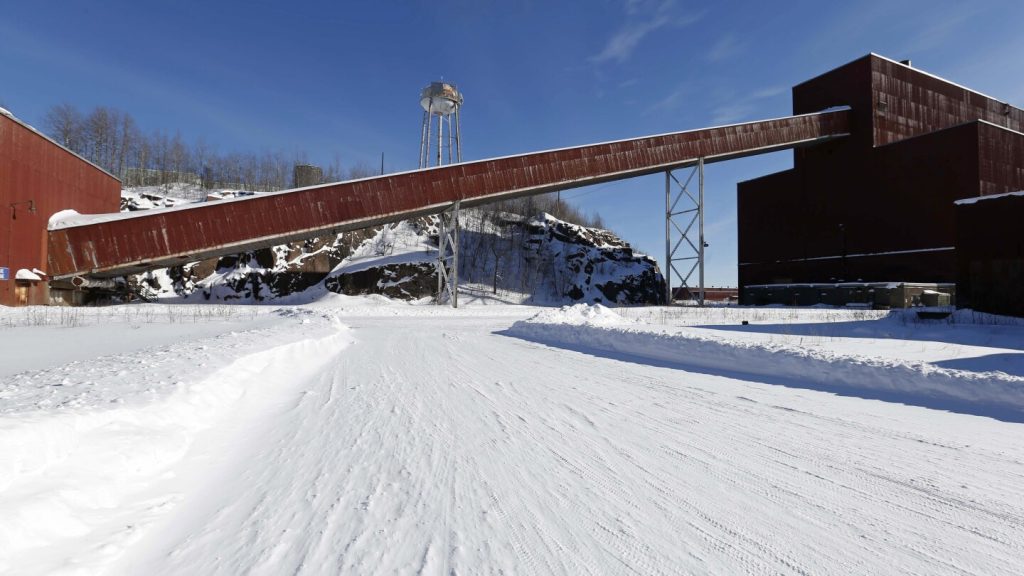The developers of a long-delayed copper-nickel mining project in northeastern Minnesota are planning to conduct a series of studies over the next year to explore ways to improve environmental safeguards and make the mine more cost- and energy-efficient. The $1 billion project, known as NewRange Copper Nickel, involves an open-pit mine near Babbitt and a processing plant near Hoyt Lakes, and is a joint venture between Glencore and Teck Resources. The project has faced setbacks over the years due to court and regulatory challenges but the developers are still moving forward with site preparations.
The announcement of the studies has raised concerns among environmental groups, who believe that the current mine plan poses unacceptable risks due to the potential for acid mine drainage from the sulfide-bearing ore. They see the studies as an acknowledgment that the current plan is flawed and are skeptical of the proposed changes. The studies will focus on alternative options for storing mine waste, water treatment, increasing production speed, and reducing carbon emissions. Any major changes resulting from these studies will be subject to additional environmental reviews and permitting processes.
NewRange officials emphasized that nothing has been decided yet and that the purpose of the studies is to provide transparency to stakeholders, communities, and tribes. The current plan involves storing mine waste in a former iron mine tailings basin, but the studies will explore alternative designs for the waste storage dam and potential storage in old iron mine pits. The company will also assess the feasibility of a conveyor system for ore transportation instead of diesel-powered trains, as well as improving wastewater treatment to meet stringent state standards for protecting downstream wild rice beds.
One of the proposed changes under consideration is to increase daily production from 32,000 tons to 40,000 tons and shorten the mine’s operating life from 20 years to 15 years without increasing the total amount mined. The focus is on creating a more efficient mine rather than a larger one. Despite having obtained all necessary state and federal permits in 2018, the project remains stalled due to court rulings. The water discharge permit was sent back for review, concerns were raised about the waste-basin design, and a wetlands permit was revoked by the Army Corps of Engineers. The project’s critics argue that regulators have failed to protect citizens by permitting what they believe to be a flawed project.
Environmental advocacy groups continue to oppose the copper-nickel mining project in northeastern Minnesota, citing concerns about potential environmental risks. The developers are conducting studies to explore ways to improve environmental safeguards and operational efficiency, which could lead to significant changes to the design of the project. While the current plan involves storing mine waste in a former iron mine tailings basin and using diesel-powered trains for transportation, the studies will evaluate alternative options such as new waste storage designs and conveyor systems. The developers stress that no decisions have been made yet and that any major changes resulting from the studies will be subject to additional reviews and permitting processes. Despite facing regulatory challenges, the developers remain committed to moving forward with the project and providing transparency to stakeholders and communities.


